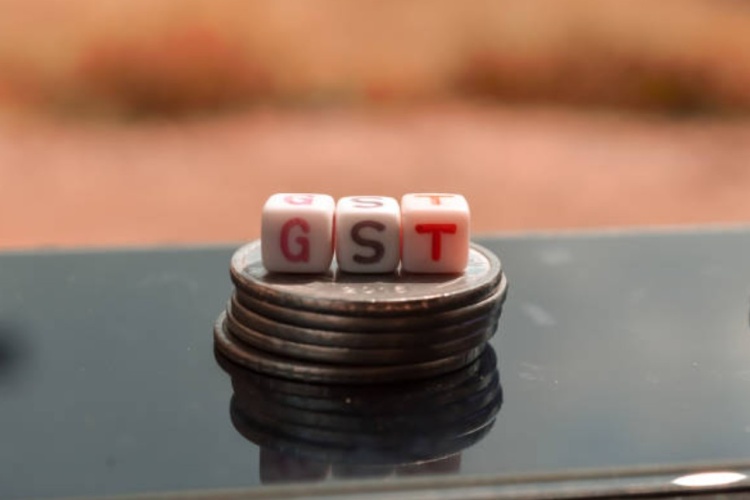
GST reform: Eight years after India’s most ambitious indirect tax reform was rolled out, the goods and services tax has undergone a sweeping makeover. GST 2.0 is being hailed for slashing multiple slabs, cutting rates across sectors, and narrowing the luxury bracket to a sharply defined 40%. Tax cuts almost always stir optimism, and the government hopes this reform will revive consumption at a time when exports and private investment are faltering.
Yet beneath the cheer, the bigger picture is less reassuring. The promise of “one nation, one tax” remains incomplete, with several structural flaws left untouched. Rather than fixing them, GST 2.0 has largely repackaged the system with new rates and marginal simplifications.
READ | India’s cyber laws face deepfake reckoning
The fraud problem
The most pressing gap is fraud. Between FY21 and FY25, India recorded over 42,000 cases of input tax credit fraud worth ₹1.66 lakh crore. Shell companies routinely generate fake invoices for goods and services never sold, and claim credits on taxes never paid. GST 2.0 has tinkered with slabs and cess but left this gaping hole unaddressed.
Technology offers a clear solution. Mandating GST payments via the Reserve Bank’s e-rupee—the central bank digital currency—would allow transactions to be tokenised, logged on a blockchain, and traced seamlessly. Fake invoices would then lose all value. E-way bills too would become redundant, as blockchain records could capture buyer-seller details. With 15 banks already offering e-rupee wallets, the infrastructure exists. The Council, however, stopped short of making this leap.
GST 2.0 also sidesteps clarity on what constitutes luxury, premium, or “sin” goods. This is not a semantic quibble but a policy vacuum. Sin taxes should be tied to public health outcomes—tobacco, alcohol, sugary drinks—rather than vague moral judgments. Blurring categories risks fuelling smuggling and grey markets, as cigarette taxation has shown in the past.
Classification chaos
Equally troubling is the persistence of tax classification disputes. A popcorn with caramel is taxed differently from one without. Small shampoo sachets may attract lower duty on the assumption that they are consumed by the poor, but such differentiation incentivises arbitrage—buying low-taxed packs, repackaging them, and selling informally.
Each sub-category creates fresh opportunities for gaming and clogs up courts with disputes. The GST Council missed the chance to simplify slabs into broad, transparent categories. Complexity, the hallmark of the earlier system, still persists.
Energy taxation: A hidden hike
One of the most significant shortfalls is energy taxation. GST on coal has been raised from 5% to 18%, while electricity remains outside GST. Since no input tax credit can be claimed on electricity duty, this higher cost flows straight into production expenses, raising prices across the board. Manufacturers and exporters, already squeezed by global headwinds, will feel the impact most.
Petroleum too has seen hikes, with higher GST on pipeline transport and job works likely to translate into higher pump prices. The government has cut visible rates on consumption goods but raised invisible ones on inputs. Consumers may cheer cheaper textiles and furniture today, only to pay more for electricity and fuel tomorrow.
Compliance still fragmented
The vision of “one nation, one tax” is also undermined by fragmented compliance. A coffee grower in Karnataka must still register separately in every state where she sells her beans. GST 2.0 should have created a single, nationwide registration authority under the Council, giving every business a unique identity. Tokenised payments and centralised numbers could have made such unification feasible. Instead, compliance remains state-bound and inefficient.
The Council’s decision to scrap the compensation cess highlights the federal fault line. Opposition-ruled states had sought its continuation to protect revenues. While removing the cess simplifies the system, it also squeezes states already short on fiscal space. The 16th Finance Commission will be asked to address this imbalance, but in the meantime, state spending may be constrained. The result could be a further centralisation of fiscal power, diluting the federal spirit in which GST was conceived.
GST reforms: Some gains to note
GST 2.0 is not without achievements. The removal of inverted duties in textiles and fertilisers was long overdue. Narrowing the punitive 40% bracket prevents its misuse. Scrapping the cess avoids fresh complexity. Paperwork simplification will ease compliance, especially for smaller businesses. If a watchdog like the National Anti-Profiteering Authority is revived to ensure rate cuts reach consumers, the benefits could be real.
These gains, however, do not obscure the larger truth: GST 2.0 sidesteps the deep reforms required. GST was meant to be a structural transformation, not a tinkering exercise. Instead, the Council has delivered what looks more like GST version 1.5—cheaper in parts, but still flawed at the core.
If the government wants GST to power the next phase of growth, it must look beyond rate cuts. The real reforms lie in plugging fraud, simplifying classifications, rationalising input costs, unifying compliance, and preserving fiscal federalism. The real test of GST 2.0 is not whether it makes a latte cheaper, but whether it finally delivers on its founding promise: a tax system that is simple, transparent, and truly national.
